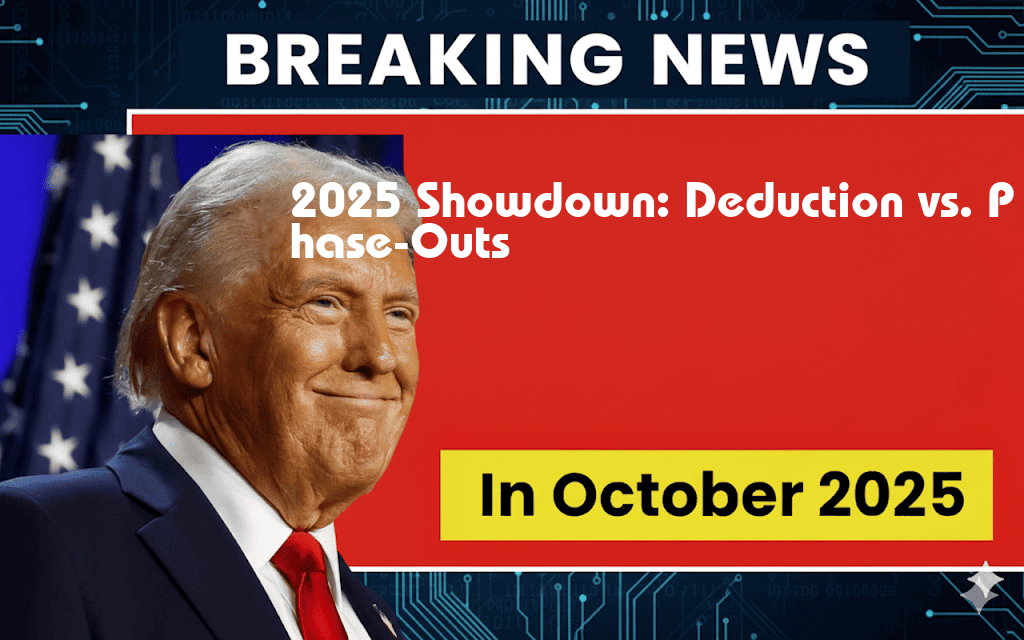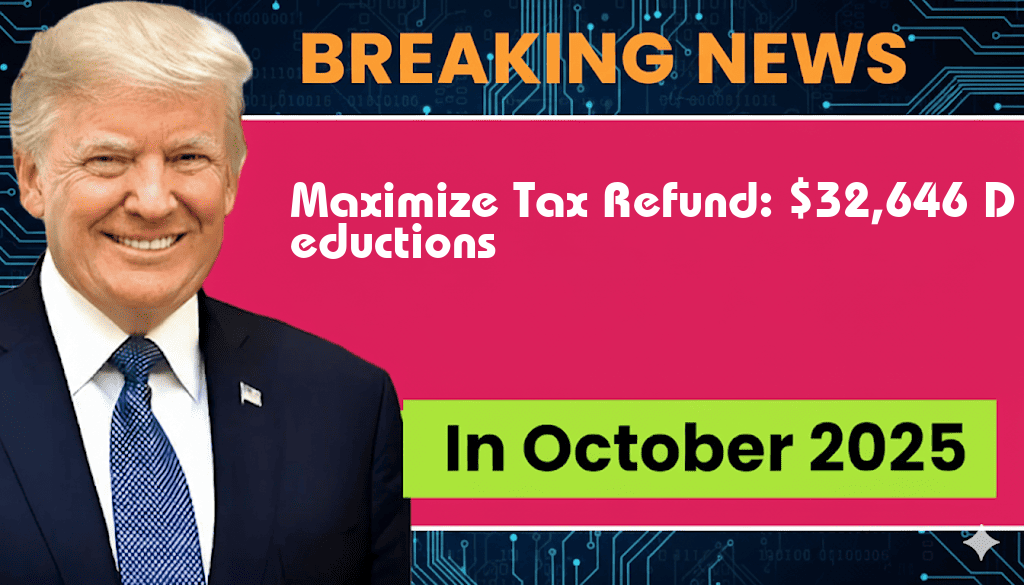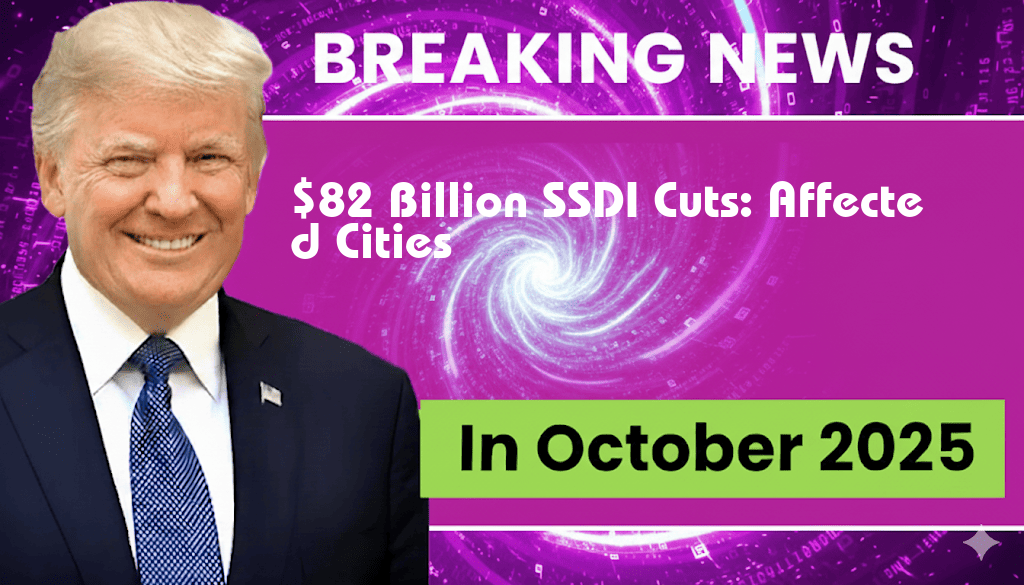

The recent introduction of the $5,000 annual contribution limit for Trump accounts has stirred considerable discussion among investors and political analysts alike. This limit, which applies to various political and fundraising accounts associated with former President Donald Trump, aims to regulate the flow of funds in a landscape already muddled by campaign finance laws. Understanding the implications of this cap is essential for those engaged in political donations, as it not only affects the strategies of campaign financing but also influences how supporters engage with political movements. This article delves into the nuances of the contribution limit, its implications for donors, and the broader political context surrounding it.
What Are Trump Accounts?
Trump accounts refer primarily to the political action committees (PACs) and fundraising entities established to support Donald Trump’s political endeavors, including his potential future campaigns. These accounts serve as vehicles for collecting contributions from supporters and funding various political activities. The new contribution limit is particularly significant, as it sets a cap on individual donations to these accounts, reshaping how political fundraising operates within Trump’s circle.
Understanding the $5,000 Annual Contribution Limit
The $5,000 limit applies to the total contributions an individual can make to Trump-affiliated accounts within a single year. This regulatory measure is designed to enhance transparency and limit the influence of large donors in the political sphere. Below are key aspects of this contribution limit:
- Scope of the Limit: The $5,000 cap encompasses donations to all Trump-related PACs and accounts established for campaigning and fundraising activities.
- Annual Basis: The limit resets annually, allowing donors to contribute up to $5,000 each year, potentially leading to a cumulative increase in total contributions over multiple years.
- Impact on Fundraising Strategies: With a defined limit, campaign strategists must adapt their approaches to fundraising, possibly increasing efforts to engage smaller donors.
Implications for Donors
For supporters of Donald Trump, this contribution limit may alter how they engage with his political initiatives. Here are some of the implications:
- Encouragement of Grassroots Support: Smaller donors may feel more empowered to contribute, knowing that their individual donations are part of a larger collective effort.
- Strategic Allocation of Funds: Donors may need to think carefully about how they allocate their contributions among various Trump-affiliated accounts to maximize their impact.
- Increased Competition: With a cap in place, there may be heightened competition among Trump accounts to attract limited donor dollars, leading to more targeted fundraising efforts.
The Regulatory Context
This annual contribution limit is not unique to Trump accounts but reflects broader trends in campaign finance regulation. The Federal Election Commission (FEC) oversees these regulations, which have evolved in response to public concerns about the influence of money in politics. The introduction of limits on contributions aims to promote fairness and transparency in the electoral process.
Historical Perspective
The $5,000 limit aligns with previous reforms aimed at curbing excessive political donations. For instance, the Bipartisan Campaign Reform Act of 2002 established similar limits on contributions to federal candidates and parties. This historical context underscores the ongoing debate surrounding money in politics and the measures taken to regulate it.
Future Outlook
The introduction of the $5,000 contribution limit for Trump accounts likely foreshadows further developments in campaign finance regulations. As political fundraising continues to evolve, stakeholders will need to stay informed about any changes that could impact their contributions and engagement strategies. Supporters are encouraged to closely monitor updates regarding these accounts and adapt their involvement accordingly.
Conclusion
The $5,000 annual contribution limit for Trump accounts marks a significant shift in the landscape of political donations. As the implications of this limit unfold, both donors and campaign strategists will need to navigate this new regulatory environment with care. For more insights into campaign finance laws, you can visit the Wikipedia page on campaign finance or explore Forbes’ analysis on campaign finance requirements.
Frequently Asked Questions
What is the $5,000 annual contribution limit for Trump accounts?
The $5,000 annual contribution limit refers to the maximum amount an individual can contribute to a Trump account in a given year, which is designed to regulate the funding of political campaigns and support.
Who is affected by the $5,000 contribution limit?
The $5,000 contribution limit primarily affects individual donors who wish to support Trump’s political initiatives, ensuring that contributions remain within a manageable range for campaign financing.
What are the implications of exceeding the $5,000 limit?
Exceeding the $5,000 limit can lead to legal complications, including potential fines or penalties. It’s crucial for donors to adhere to this limit to avoid any issues with campaign finance laws.
Can the contribution limit change in the future?
Yes, the $5,000 annual contribution limit can change if there are updates to campaign finance laws or regulations. It’s important for donors to stay informed about any legislative changes that may affect contribution limits.
Are there any exceptions to the $5,000 contribution limit?
Generally, the $5,000 contribution limit applies uniformly, but there may be specific circumstances or regulations that could provide exceptions. Donors should consult legal guidelines or campaign finance experts for clarification.





